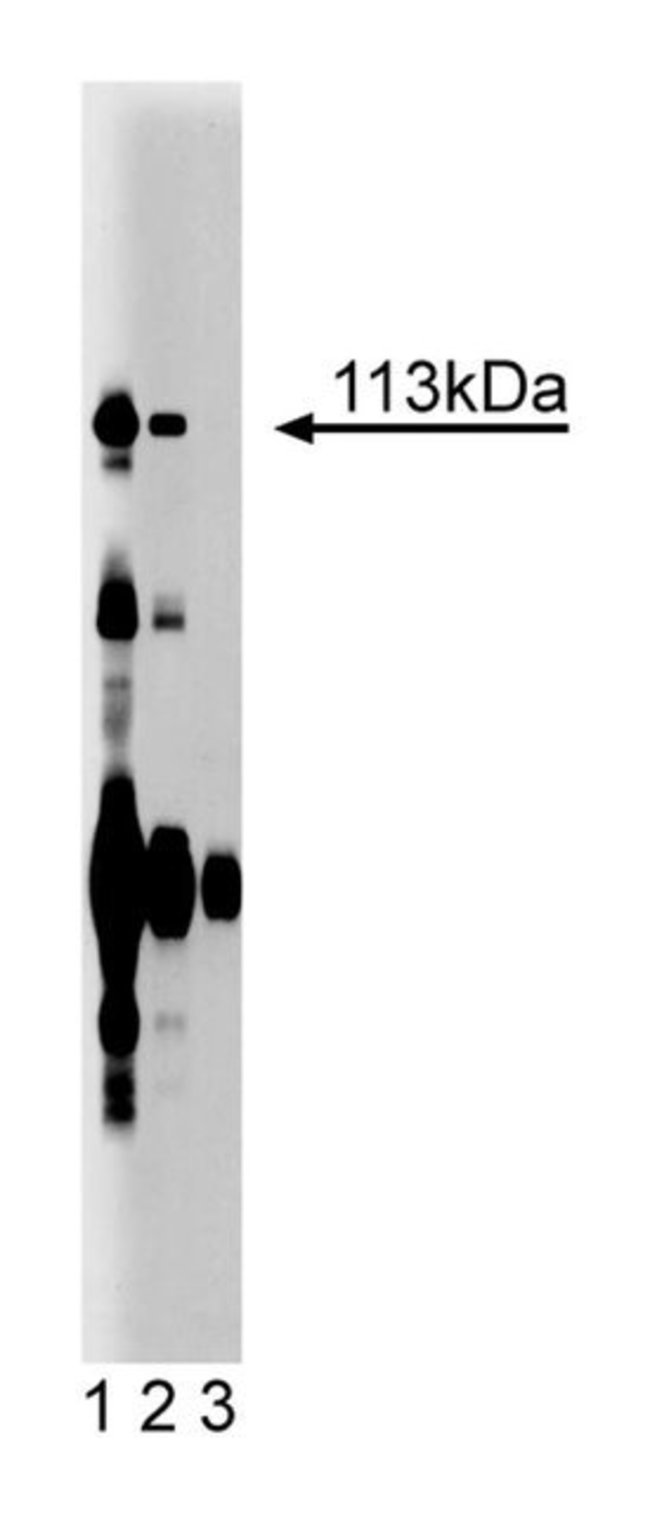Itch Mouse, Unlabeled, Clone: 32, BD, Mouse Monoclonal Antibody, Each

Details:
Maintenance of cellular function requires timely and selective degradation of key regulatory proteins. For example, progression of the mammalian cell cycle is regulated by phosphorylation/dephosphorylation and synthesis/degradation of many key proteins via the ubiquitin pathway. Ubiquitin, a soluble protein of 76 amino acids, is enzymatically attached to an ε-NH2-Lys in a target protein. Ubiquitin-conjugated proteins are recognized and degraded by the 26S proteasome. Ubiquitination requires ubiquitin-activating enzyme E1, ubiquitin-conjugating enzymes E2, and ubiquitin ligases E3. The direction of ubiquitin transfer is from E1 to E2 and from E2 to E3. Itch, a novel E3 ubiquitin ligase, is absent in the Non-agouti-lethal 18H mice. These mice develop immunological, inflammatory, epithelial, and hematopoietic diseases. Itch contains four WW protein interaction domains, which bind to proline-rich sequences in a fashion similar to SH3 domains. In addition, Itch contains a C-terminal Hect domain, which is conserved in the E3 family of ubiquitin ligases. Thus, Itch is important in the ubiquitin-dependent protein degradation occurring in normal hematopoiesis and inflammation.Host Species: MouseClone: 32Isotype: IgG1Species Reactivity: RatImmunogen: Mouse Itch aa. 114-220Formula Weight [Chemical]: 113kDaImmunofluorescence, Western Blotting
Additional Information
| SKU | 10135310 |
|---|---|
| UOM | Each |
| UNSPSC | 12352203 |
| Manufacturer Part Number | 611199 |

